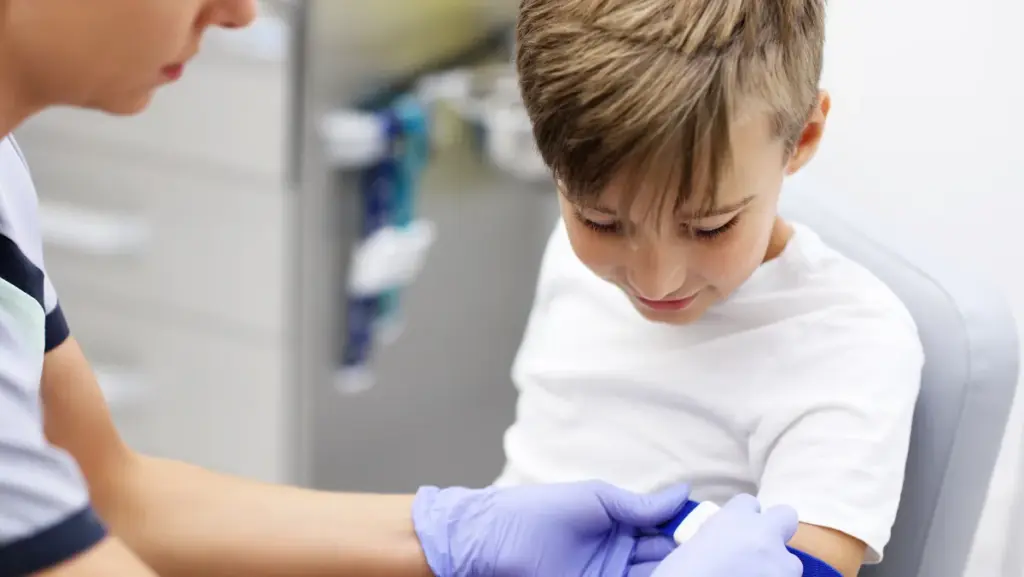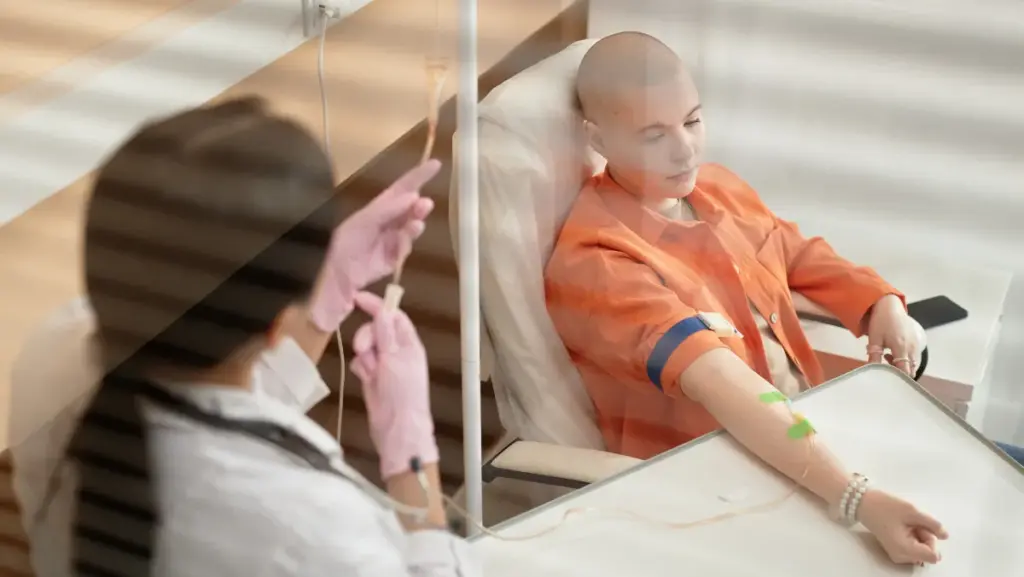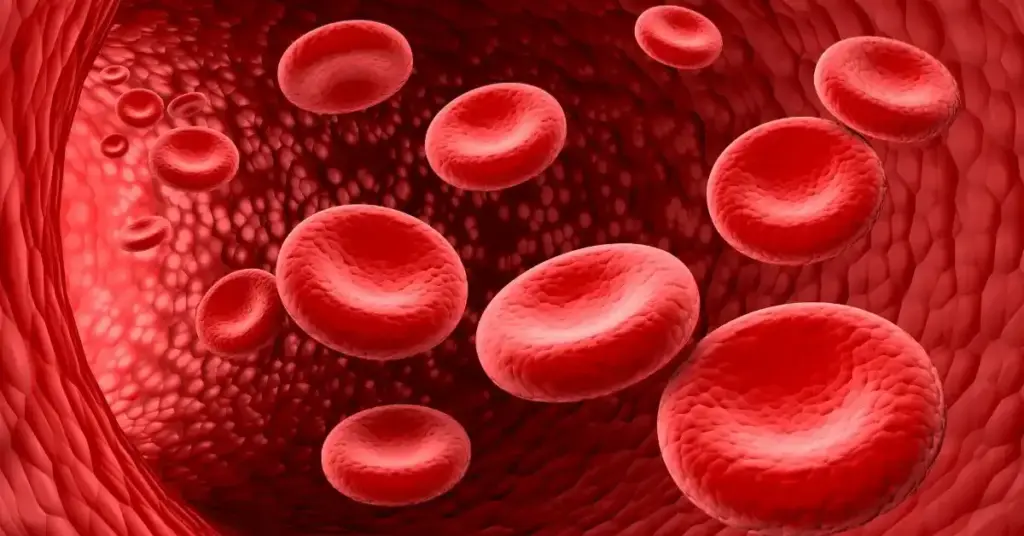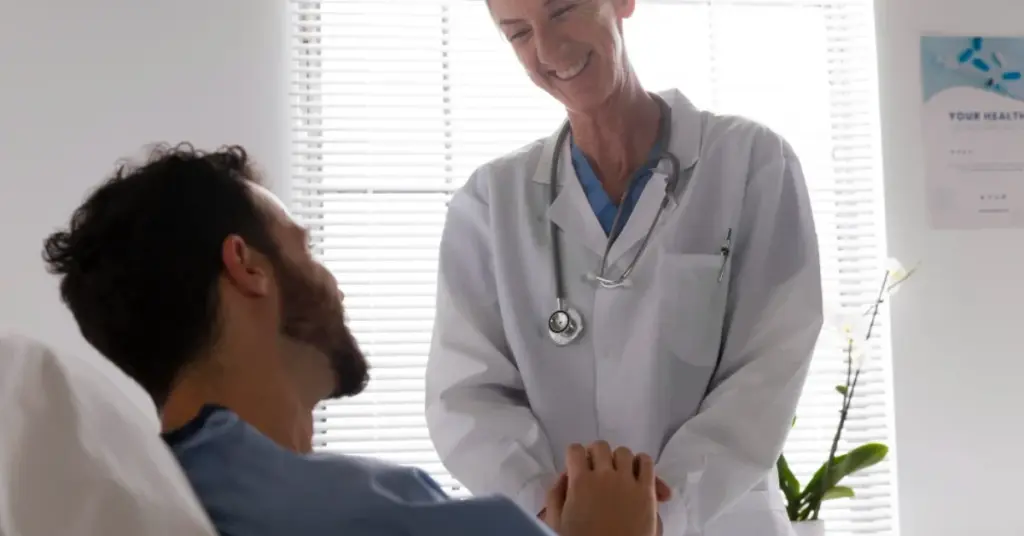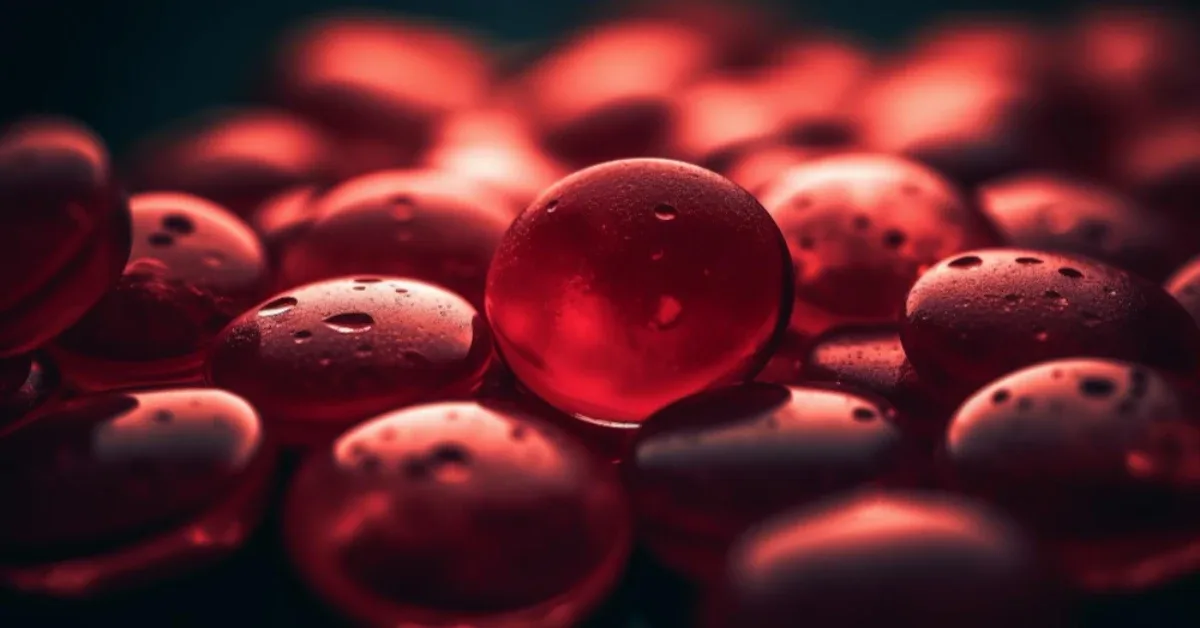
Imagine your child gets a small cut, but the bleeding takes much longer to stop than expected. Or maybe you’ve noticed frequent bruising after minor bumps. These situations can be worrying, and many parents find themselves asking if something more serious might be happening.
You’re not alone. Families across the world face similar questions, and one condition that often comes up is hemophilia. In this post, we’ll explain what hemophilia is, why it happens, how doctors diagnose it, and the options available for hemophilia treatment in children.
Hemophilia is a rare bleeding disorder. Normally, the body uses proteins called “clotting factors” to stop bleeding when we get injured. In hemophilia, one of these clotting factors is missing or doesn’t work properly. This makes it harder for the blood to clot, leading to longer bleeding times after injuries—or even bleeding that starts without a clear cause.
Hemophilia is considered rare. It affects about 1 in 5,000 boys, and it is usually inherited from a parent’s genes. Girls can carry the gene and may sometimes have mild symptoms, but the condition is much more common in boys. While rare, hemophilia is well understood, and safe, effective hemophilia treatment options are available.
Hemophilia isn’t the same for everyone. Doctors usually identify it as:
Knowing the type helps doctors decide the best treatment plan.
Signs can look different depending on the child and the severity, but common symptoms include:
The main reason a child develops hemophilia is a problem with the genes that control clotting factors in the blood. These genes are responsible for producing proteins that help the blood clot properly. When the gene doesn’t work as it should, the clotting factor is missing or doesn’t function correctly.
Here’s a breakdown:
If a child shows symptoms, doctors may recommend:
Early diagnosis is important, as it allows families to start hemophilia treatment before serious complications occur.
While there isn’t a cure yet, today’s treatments make a huge difference in children’s lives. Options include:
With the right hemophilia treatment, many children can go to school, play sports safely, and enjoy active lives.
Hemophilia may sound overwhelming at first, but with early diagnosis and the right treatment, children can grow up healthy and strong. Advances in hemophilia treatment mean fewer complications and more opportunities for kids to live confidently.
Remember, you are not alone on this journey. Your pediatrician and care team are there to guide and support your family every step of the way. With proper care today, your child can look forward to a brighter, healthier tomorrow.
Imagine your child gets a small cut, but the bleeding takes much longer to stop than expected. Or maybe you’ve noticed frequent bruising after minor bumps. These situations can be worrying, and many parents find themselves asking if something more serious might be happening.
You’re not alone. Families across the world face similar questions, and one condition that often comes up is hemophilia. In this post, we’ll explain what hemophilia is, why it happens, how doctors diagnose it, and the options available for hemophilia treatment in children.
What Is Hemophilia?
Is Hemophilia a Common Disease?
What Are Hemophilia Types?
What Are Hemophilia Symptoms?
What Causes Hemophilia?
How Do Healthcare Providers Diagnose Hemophilia?
How Do Healthcare Providers Treat Hemophilia?
Summary
Hemophilia is a rare bleeding disorder. Normally, the body uses proteins called “clotting factors” to stop bleeding when we get injured. In hemophilia, one of these clotting factors is missing or doesn’t work properly. This makes it harder for the blood to clot, leading to longer bleeding times after injuries—or even bleeding that starts without a clear cause.
Hemophilia is considered rare. It affects about 1 in 5,000 boys, and it is usually inherited from a parent’s genes. Girls can carry the gene and may sometimes have mild symptoms, but the condition is much more common in boys. While rare, hemophilia is well understood, and safe, effective hemophilia treatment options are available.
Hemophilia isn’t the same for everyone. Doctors usually identify it as:
Knowing the type helps doctors decide the best treatment plan.
Signs can look different depending on the child and the severity, but common symptoms include:
The main reason a child develops hemophilia is a problem with the genes that control clotting factors in the blood. These genes are responsible for producing proteins that help the blood clot properly. When the gene doesn’t work as it should, the clotting factor is missing or doesn’t function correctly.
Here’s a breakdown:
If a child shows symptoms, doctors may recommend:
Early diagnosis is important, as it allows families to start hemophilia treatment before serious complications occur.
While there isn’t a cure yet, today’s treatments make a huge difference in children’s lives. Options include:
With the right hemophilia treatment, many children can go to school, play sports safely, and enjoy active lives.
Hemophilia may sound overwhelming at first, but with early diagnosis and the right treatment, children can grow up healthy and strong. Advances in hemophilia treatment mean fewer complications and more opportunities for kids to live confidently.
Remember, you are not alone on this journey. Your pediatrician and care team are there to guide and support your family every step of the way. With proper care today, your child can look forward to a brighter, healthier tomorrow.
Yes, with modern care most haemophilic males live normal lifespans. Advances such as clotting factor replacement, non-factor therapies, and preventive treatment allow boys and men with haemophilia to attend school, play, and work like others. Regular follow-up with a hematologist and careful management of bleeds are key to long-term health and survival.
Haemophilia cannot yet be cured, but it is very treatable. Standard treatment includes replacement of the missing clotting factor through infusions. Newer non-factor therapies and gene therapy trials are offering longer protection and fewer bleeds. With regular care, children and adults with haemophilia can live active, fulfilling lives while keeping bleeding Disorders under control.
If untreated, severe haemophilia can cause life-threatening bleeding, particularly in the brain, throat, or vital organs. However, with early diagnosis, proper treatment, and rapid medical care during bleeds, the risk of death is greatly reduced. Today, most people with haemophilia, especially children, are able to live safely thanks to modern therapies and preventive management.

